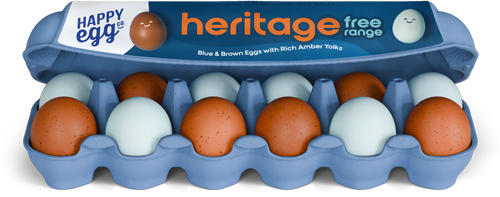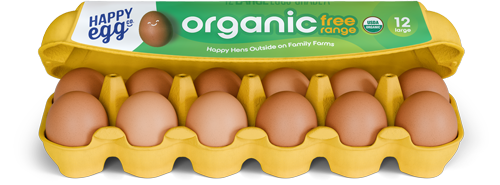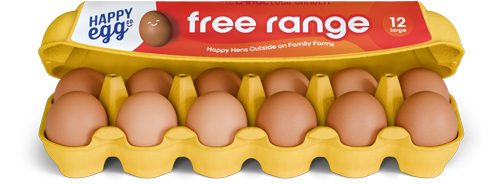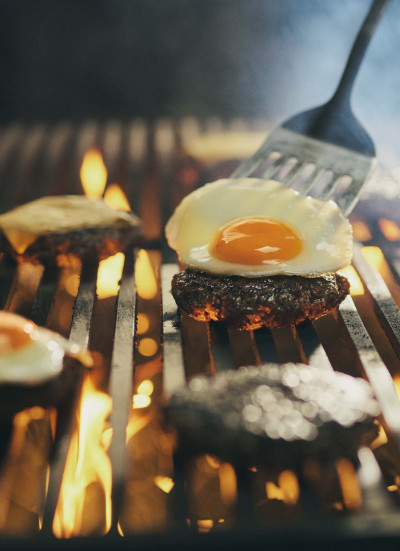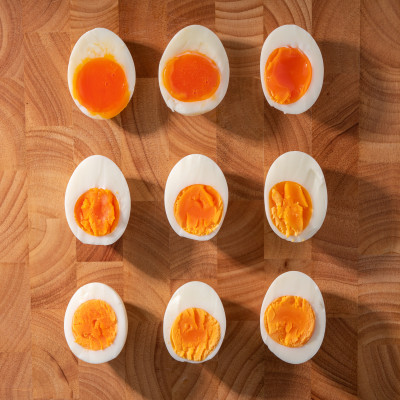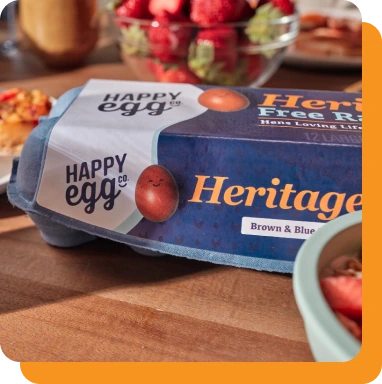Eggs aren’t just for breakfast—they’re also perfect for hands-on science fun! These eggy experiments are a great way to keep kids entertained while learning cool concepts like density, air pressure, and even fluorescence. Get ready to be amazed by what you can teach your littles with a simple egg!
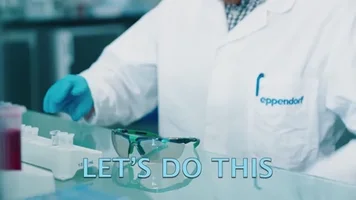
1. Floating Egg Experiment
Demonstrate density by floating an egg in saltwater versus freshwater.
This experiment is an exciting way to teach kids about density using items you already have in your kitchen. They'll love seeing the egg magically float in salty water while sinking in regular water.
Materials Needed:
-
A raw Happy Egg
-
Two containers of water
-
3-4 TBSP Salt
Instructions:
-
Place the egg in a container of freshwater and observe that it sinks.
-
In a second container, dissolve salt in water until saturated.
-
Place the egg in the saltwater and watch it float.
What Makes this Egg Experiment So Cool:
The added salt increases the water’s density, allowing the egg to float!
2. Rubber Egg Experiment
Soak an egg in vinegar to dissolve the shell and reveal a bouncy, translucent membrane.
Bring chemical reactions to life right before your kiddos’ eyes. They will be amazed by how an ordinary egg can turn squishy and bounce!
Materials Needed:
-
1 uncooked Happy Egg
-
White vinegar
-
A jar or glass
-
Food coloring
Instructions:
-
Submerge the egg in vinegar and add a few drops of food coloring
-
Let it sit for 24-48 hours (this experiment doubles as a lesson in patience!)
-
After the shell dissolves, rinse the egg gently
What exactly is going on?
The vinegar reacts with the calcium carbonate in the shell, leaving behind the soft inner membrane of the egg.

3. Egg in a Bottle Experiment
Demonstrate air pressure by sucking a hard-boiled egg into a bottle.
Caution! This experiment requires lighting a match, so it may be best suited for older learners.
Watching an egg get sucked into a bottle is like witnessing real-life magic! Plus, the kids will see firsthand how invisible forces like air pressure work.
Materials Needed:
-
One peeled hard-boiled egg
-
A glass bottle with an opening slightly smaller than the egg
-
Matches or a piece of burning paper
Instructions:
-
Light a small piece of paper and drop it into the bottle.
-
Quickly place the egg in the bottle’s mouth.
-
Observe as the egg gets sucked into the bottle.
Science explained:
As the flame consumes oxygen, the air pressure inside the bottle decreases. What happens next? Higher external air pressure pushes the egg inside the bottle!
4. Eggshell Strength Test
Test how much weight eggshells can support to explore their surprising strength.
This egg experiment will surprise littles by showing just how strong a fragile eggshell can be! It’s a fun way to introduce concepts of balance, weight distribution, and even structural engineering. You’ll need to see this one to believe it!
Materials Needed:
-
Four egg shells broken in half to create domes (be sure to save the eggs themselves for a scramble or fry!)
-
Books
Instructions:
-
Carefully break eggs in half and arrange four bottom halves in a square.
-
Slowly stack books or add weights evenly across the eggshells.
-
Continue adding weight until the eggs crack.
How it works:
The dome-like structure of eggshells efficiently distributes weight, demonstrating the principles of structural engineering.

5. Ghostly Glowing Eggs
Create glowing eggs to demonstrate fluorescence under black light.
Who doesn’t love things that glow in the dark? This experiment is a spooky-fun way to learn about fluorescence, perfect for a science with a nighttime twist!
Materials Needed:
-
A raw Happy Egg
-
White vinegar
-
Tonic water
-
A jar or glass
-
Blacklight
Instructions:
-
Submerge the egg in vinegar mixed with highlighter fluid or tonic water.
-
Let it soak for 24-48 hours until the shell dissolves and the egg absorbs the liquid.
-
In a dark room, shine a black light on the egg and watch it glow.
Here’s what’s happening!
The vinegar dissolves the shell, leaving a bouncy membrane. Tonic water contains quinine, which glows under a black light.


